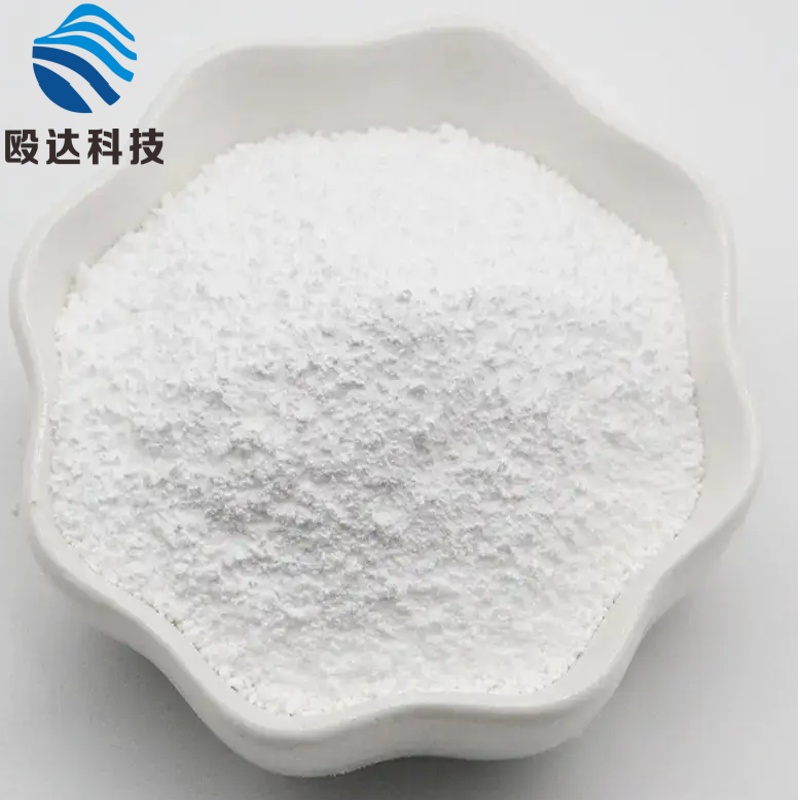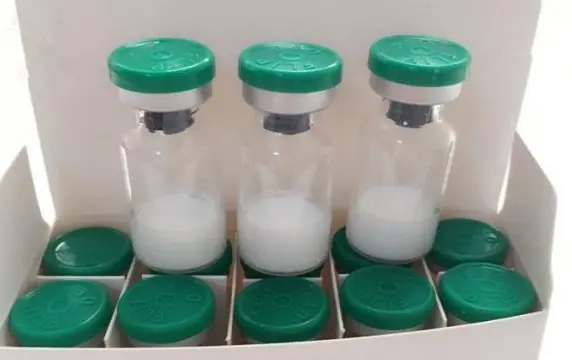-
Categories
-
Pharmaceutical Intermediates
-
Active Pharmaceutical Ingredients
-
Food Additives
- Industrial Coatings
- Agrochemicals
- Dyes and Pigments
- Surfactant
- Flavors and Fragrances
- Chemical Reagents
- Catalyst and Auxiliary
- Natural Products
- Inorganic Chemistry
-
Organic Chemistry
-
Biochemical Engineering
- Analytical Chemistry
- Cosmetic Ingredient
-
Pharmaceutical Intermediates
Promotion
ECHEMI Mall
Wholesale
Weekly Price
Exhibition
News
-
Trade Service
Laboratory decoration may be different from ordinary house interior decoration design, need to take into account the ventilation and water and electricity problems of the laboratory, the process materials are very different, and the early planning and design is also very important
.
PATEO Xiaobian takes you to understand the four key analyses
of laboratory construction.
First, the waterway problem 1, the laboratory water is generally: ordinary tap water, distilled water is three distilled water, ultrapure water is ionized water
.
The construction of water should not only consider safety, scientificity, but also practicality
.
When taking water, the material should be selected according to the specific experiment, that is, water pipes and joints
.
It is also necessary to consider the separation of water and electricity, the environment around the pipeline, the direction of the waterway, etc
.
The launch of the laboratory is generally more troublesome, because the requirements of the laboratory specifications and the actual national conditions, as well as the specific laboratory or laboratory building environment, are very different
.
2, laboratory water can generally be divided into: polluted water and low-pollution water, low-pollution water generally refers to some equipment condensation circulating water and washing some equipment containers of wastewater
.
The scope of polluted water is very wide, and there is corrosive water, such as acid and alkali corrosive water, organic corrosive water and inorganic polluted water, as
well as heavy metal polluted water.
Second, the circuit problem 1, laboratory electricity is a very important problem, weak electricity, lighting electricity, safety electricity and experimental equipment electricity
.
Laboratory instruments and equipment use electricity as the mainstay, because laboratory equipment, especially some fine instruments, the principle of these instruments and equipment is mostly the role and reaction of the Lorentz force principle, that is, through the microscopic change of current, to control the change
.
2, laboratory equipment electricity, we want to solve the problem is to control and reduce the current change of the float, reduce or stabilize the harmonic change value, reduce or reduce the interference of the magnetic field
.
If the problem of electricity cannot be solved, serious safety accidents will occur, which will generally cause damage to the instrument, inaccurate or unstable experiments, and reduce the service life of the instrument and so on
.
Third, the problem of the exhaust system 1, laboratory exhaust is mainly to solve the needs
of the safety of the experimenter and the laboratory environment.
The exhaust air in the laboratory mainly considers what environment requires positive and negative pressure and constant pressure
.
The specific configuration should be arranged according to the specific nature of the laboratory to arrange the size of the
positive and negative pressure.
The specific performance of the laboratory is different, the required positive and negative pressures are different, and the air volume and number of air changes are also different
.
The specific nature of the laboratory is different, and the relative wind direction change and wind direction change to be achieved are also very different
.
Fourth, the choice of laboratory materials according to the nature of different laboratories, should be selected different materials, to adapt to the special environment
of the laboratory.
For example, corrosion also depends on whether it is acidic, alkaline, or organic
.
Of course, the high and low temperature environment
of the laboratory should also be taken into account.
Some experimental areas may also take into account the deformation, aging, flame retardant, radiation and other factors of the
material.







